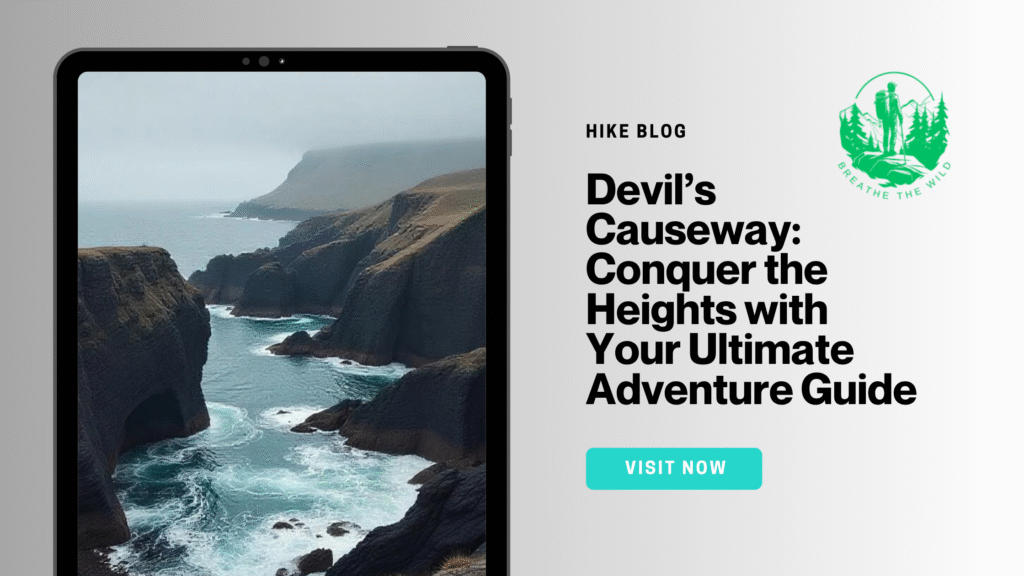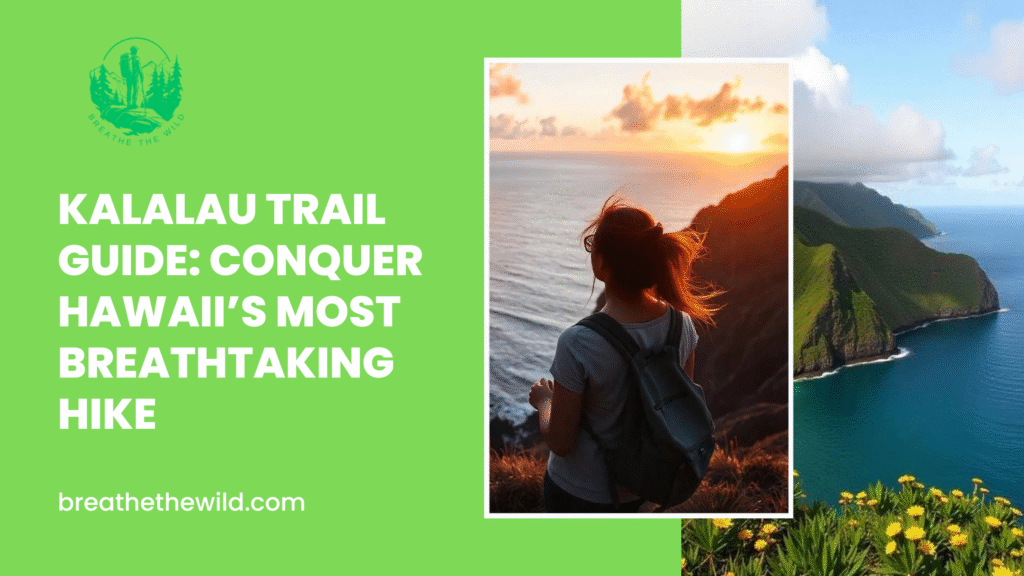Table of Contents
Introduction: Why Devil’s Causeway Should Be on Your Bucket List
It represents one of the most thrilling and most talked about hikes in the American West; it falls in the dry Flat Tops Wilderness of Colorado, which is, of course, entangled in the rugged wilderness terrain. It is not a walk-in-the-park like affair, and is definitely not a walk to be taken by the wimpish with a wedged-looking rocky spine that used to be only four feet wide in certain regions and sheer drops to the right and to the left. Attempt to cross it at your peril, but the payoff is euphoric: scenic visions of alpine lakes, mountains that are precipitous, and endless views of pristine wilderness.
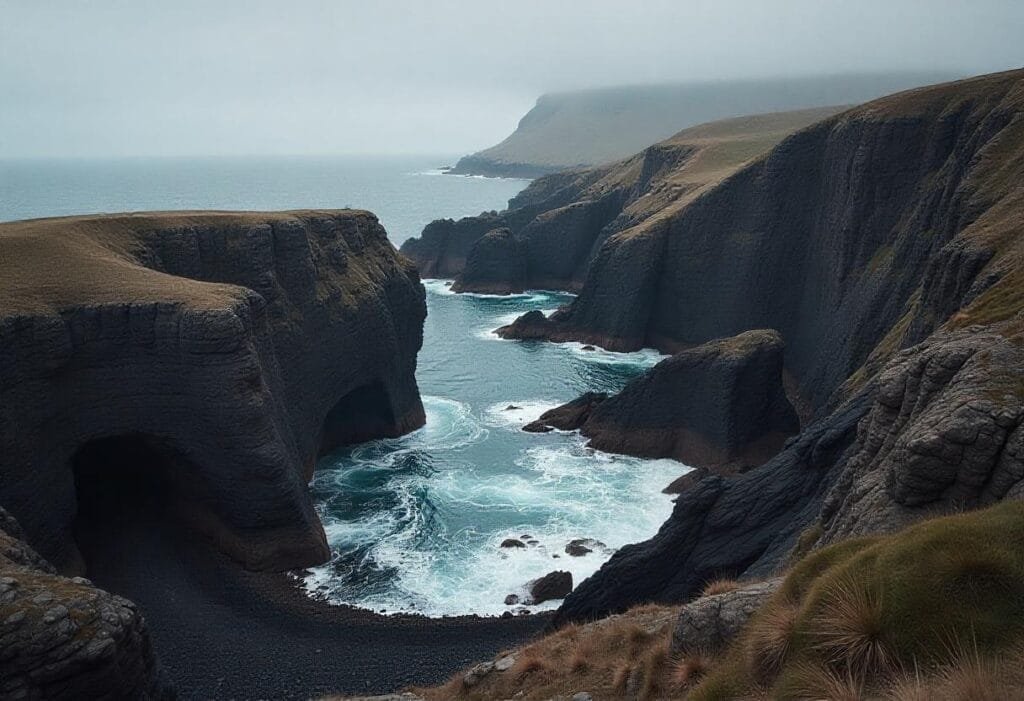
The Devil Causeway is a special place not only due to its scenic character but also due to fear, excitement, and natural beauty of the Shore, as well as the Devil Causeway, which makes it an ultimate adventure. Whether you are an outdoor enthusiast seeking your next dose of adrenaline or a travel buff going on your way to what may be penned down as the experience of a lifetime, then this guide will take you through the processes involved, preparation, planning, and soldiering on with all that a trek has to offer.
Where Is Devil’s Causeway?
The Devils Causeway lies at the very bottom of the Flat Tops Wilderness, born in Colorado, which is situated in the White River National Forest. It is also a land of high Alps, vast plateaus, infinite lakes, and breathtaking precipices, hence the paradise of outdoor folks.
The most frequent key access point is the Stillwater Reservoir Trailhead, about 30 miles west of the Colorado town of Yampa. The hikers carry on to the wilderness, walking around or doing out-and-back traversing that takes them to the Causeway.
The second feature of the place that is more incredible is the scenery there. Looking upwards gives you an overview of large land meadows, pristine alpine lakes, and steep conical mountainsides. The trail runs through unsullied nature that appears to be a contrasting life to a human being.
What Makes Devil’s Causeway So Famous?
The Devil’s Causeway, as it is nicknamed, has earned a level of stature among hikers citing one reason only: its notorious tight ridge. At one place it is extremely low, scarce 4 feet in width, and on the one side, or the other, a precipice a thousand feet perpendicular. The process of crossing it is heartbreaking, and the majority of those who crossed it refer to it as one of the thrilling moments in that trail of their lifetime hike.
The risk is not the only scene that personifies through because the views that lead to the rewarding top are worthwhile. The 360-degree panoramic views at the ridge give glimpses of the Flat Tops wilderness with its rolling mountains, glacial lakes, and the endless sky in each direction.
It is this mixture of some primitive charm and mental challenge that turns the Devil’s causeway into a place that cannot be forgotten easily, with the aim of getting into an extremely mountainous experience.
Planning the Hike: Trail Options and Distance
The Devil Causeway can be reached in two ways, either an out-and-back hike or a longer epic loop hike, and back to give a more grand view of the Flat Tops area.
- Out and back alternative: This alternative, of course, starts at Stillwater Reservoir, and could carry anywhere between 6 and 7 miles round trip, depending on how far you hike past the ridge.
- Loop alternative Alternative loop: The whole loop is estimated at 10-11 miles, where the loop gets back on the Chinese Wall and Causeway region. The path is less monotonous, as both in grounds and scenic views it included.
The average gain of elevation in any of the routes will be between 1,200 to 1,500 feet, making it a fairly challenging hike. The out-and-back is hiked by most in 3 to 4 hours; 5 or 6 hours total (including breaks) is not uncommon on the loop.
Best Time to Visit Devil’s Causeway
The best part about planning your exploration on the Devil’s Causeway is the timing. Late June to early October is the best time to hike, because at this time of the summer the snow has melted down and the path is most accessible.
- Summer (July-August): The most popular- the days are warm, the nights cooler, and daylight long. You will meet wildflowers in bloom and have mainly dry conditions.
- Fall (late September-early October): It becomes sharp, and the countryside is decorated with golden leaves that change colors, becoming aspen and autumnal colorings. The weather is rather cool, and the season is calm, beautiful, and not so dense. Avoid so-called shoulder seasons (late spring/early winter): there is excessive snow, mud, and wind that can often make the trail dangerous or impassable. When icy or slippery, this causeway is too dangerous.
Always ensure you check on local trail status, weather, and conditions of snowpack before you go, so you get a safe and enjoyable visit.
Check Out: Kalalau Trail Guide: Conquer Hawaii’s Most Breathtaking Hike.
Gear Up: What to Pack for Safety and Comfort
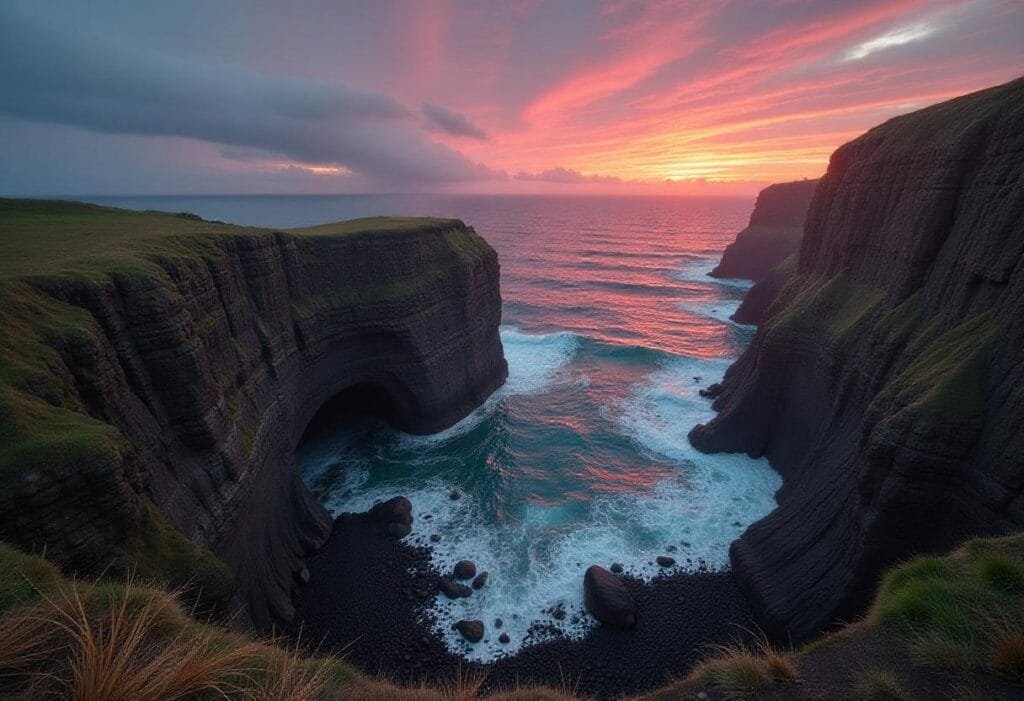
The first one is preparation for hiking Devil’s Causeway because of the high altitude and openness. And here is what you will need to be safe and comfortable:
- Layers: Flat Tops Wilderness is changeable at times. Use a dry-wicking base layer, an insulating middle layer, and a waterproof on the outside layer. The temperature at higher altitudes is very low even at high times of the year.
- Trekking Poles: They create a more balanced experience, and there is less strain on your knees compared with not carrying them, and this would actually help you using them when trekking up and down steep slopes.
- Navigation Gadgets: bring GPS, paper map, and compass. There is also poor cell service, and maps are critical when you are online.
- First Aid: These are more important than you might think: a simple first aid kit, flashlight, whistle, and emergency blanket may prove to save your life in case something goes wrong. It is also advisable to pack microspikes when off on a hike towards the beginning or end of the season, where a snow or ice layer may exist.
- Water and Food: Take at least 2-3 liters of water, particularly on the loop trail, and perhaps bring a water filter or even purifying tablets in case of a refill in nature. Trail mixes and other high-protein snacks such as energy bars and jerky will sustain your energy during the hike.
- Backcountry Essentials: Sunscreen, mosquito repellent, and a multi-tool, too. The strategy to take care of the wilderness is always to follow the Leave No Trace principles.
Is Devil’s Causeway Dangerous? What You Must Know
The Devil’s Charge is renowned as a sheer, wind-swept ridge, and although thousands of people use it every year, without any mishap, it is not without danger.
The ridge itself is scarcely 4 feet in breadth and drops several hundred feet on each side. NO guard rail OR rope. This is just you, your footing, and the wind. To most people, the problem is not physical but psychological. Even those who are seasoned hikers can get their nerves frayed by crossing.
Tips to Stay Safe:
- Check the weather report: Don’t make the crossing under high winds, in the rain, under the thunder and lightning.
- Don’t be in a hurry: Do it slowly. Travel slowly, have your weight concentrated in the middle, and do not look at the floor.
- Trekking poles or crawling: Some of the hikers feel safer with poles, some crouch or crawl to feel more stable.
- Know the boundaries: there can be no shame in stopping and going back when you do not feel comfortable crossing.
Real Experiences: Some of the hikers refer to the crossing as the most intense yet the most rewarding part of their lives. There are those who confess that they have become frozen somewhere in the middle and they need to come back to themselves. Others indicate that it was all worth it as a result of the sense of accomplishment thereafter.
Highlights Along the Trail You Shouldn’t Miss
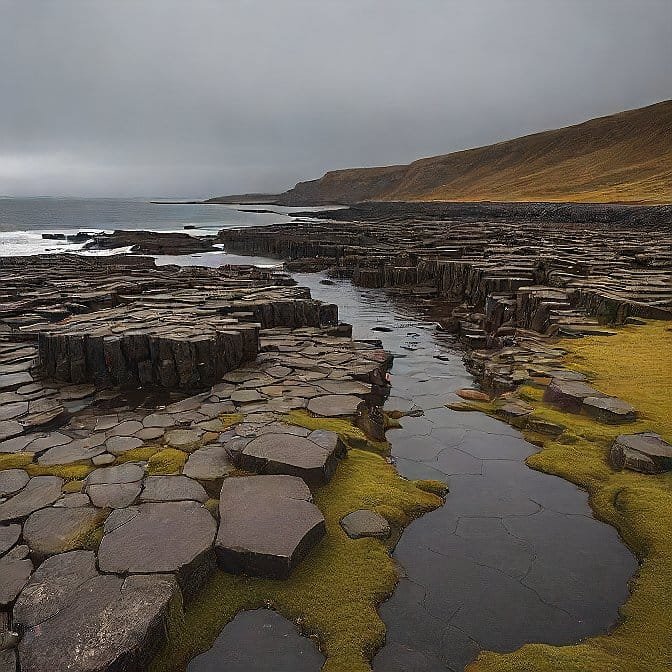
Although the stationary attraction here is the Causeway itself, the surrounding path is rich in natural treasures well worth some of your time:
- Stillwater Reservoir: This is where the trailhead starts, and it is a tranquil, reflective body of water and mountainous views. It makes a nice spot to get pre- and post-hike photos.
- The Chinese Wall: A very long vertical volcanic cliff face which looks like a stone wall, this striking geological feature, a gift of nature, is one of the most picturesque spots on the loop trail.
- Wildlife and Wildflowers: Watch out for marmots, elk, pikas, and even a moose. During summer, one can find alpine wildflowers entirely covering the meadows to add color to the high-mountain landscape.
Smart natural features make the hike more than just a hefty nerve-racking ridge crossing, they make a whole immersive adventure with pin-like wonder and awe.
Conclusion: Devil’s Causeway – A Hike You’ll Never Forget
Not only a trail but also a courageous test, a mix of naked wilderness, and an experience that you cannot forget after the hike is complete: this is what Devil Causeway is. Whether it is the pulse-pounding ridge trip or the resounding calmness of alpine lakes and wildflowers running down a meadow, each step can be potent.
Making the climb to Yellow Bear Roadhouse is challenging no matter how you do it, but at the very least, you will have the chance to take in the sights of the high country in Colorado. Following some simple planning, a sense of reverence, and an appetite for adventure, conquering the Devil’s Causeway is well within grasp.
Tie your boots, pack wisely, and prepare to go on one of the greatest hikes in the West.
For more info: Click Here.
Frequently Asked Questions About Devil’s Causeway
Q1. Devil Causeway hike times?
Overall, the out-and-back hike is designed to take most people 3 to 4 hours, and the full loop 5 to 6 hours, depending on the pace, the speed of the trail, and breaks.
Q2. Should you hike the Devil Causeway alone?
It can be solo hiking, but not advisable unless you are very experienced. The remote location and sheer ridge make it safer to go with a buddy and to tell someone what you are doing before you do it.
Q3. Can I hike the Devil Causeway with a permit?
No special permit is needed to day hike, though you should comply with Wilderness Area regulations. In case you are intending to spend a night or two, inquire at the White River National Forest to learn the current rules and regulations.

